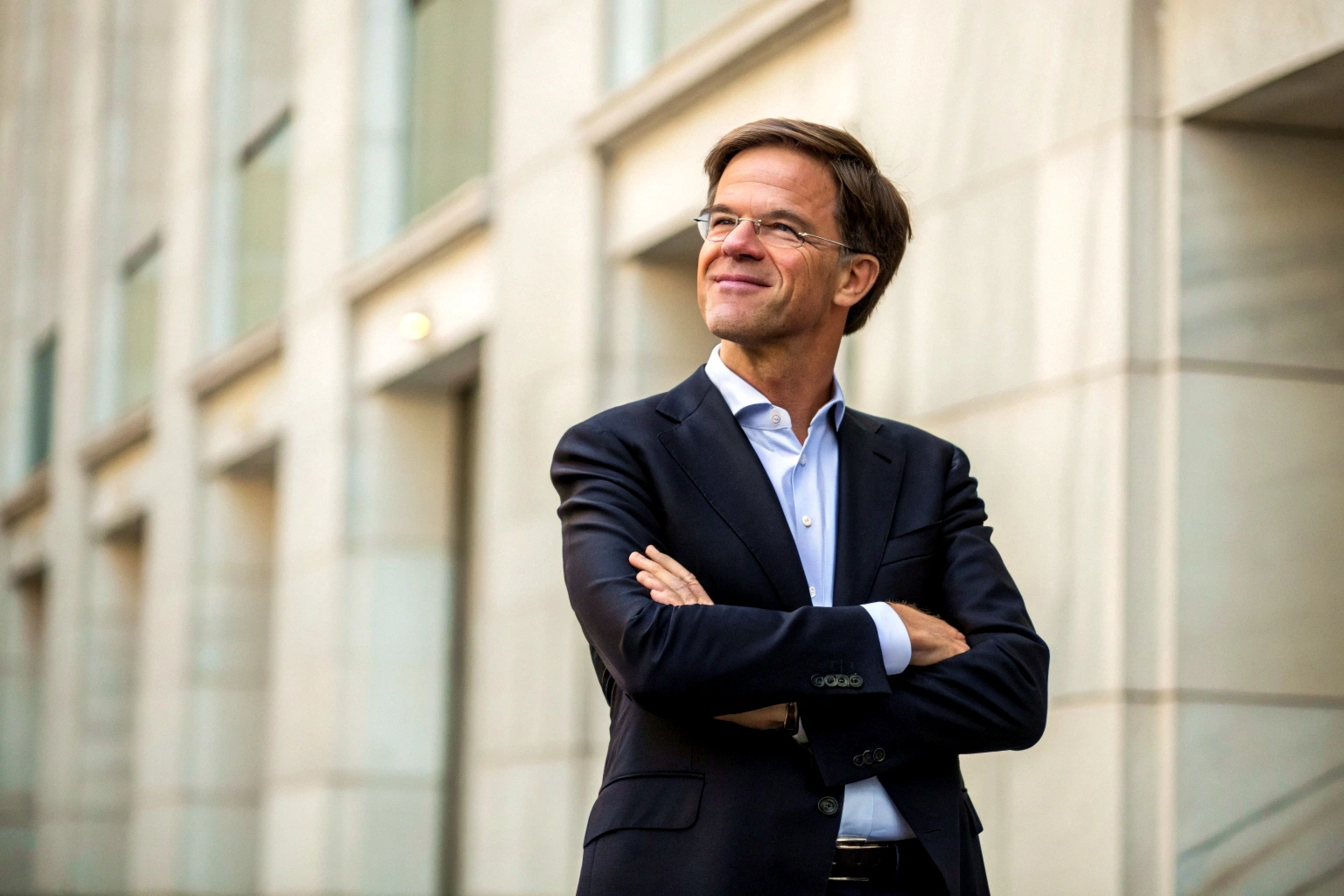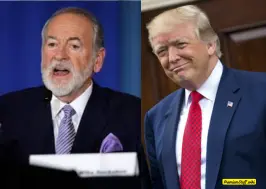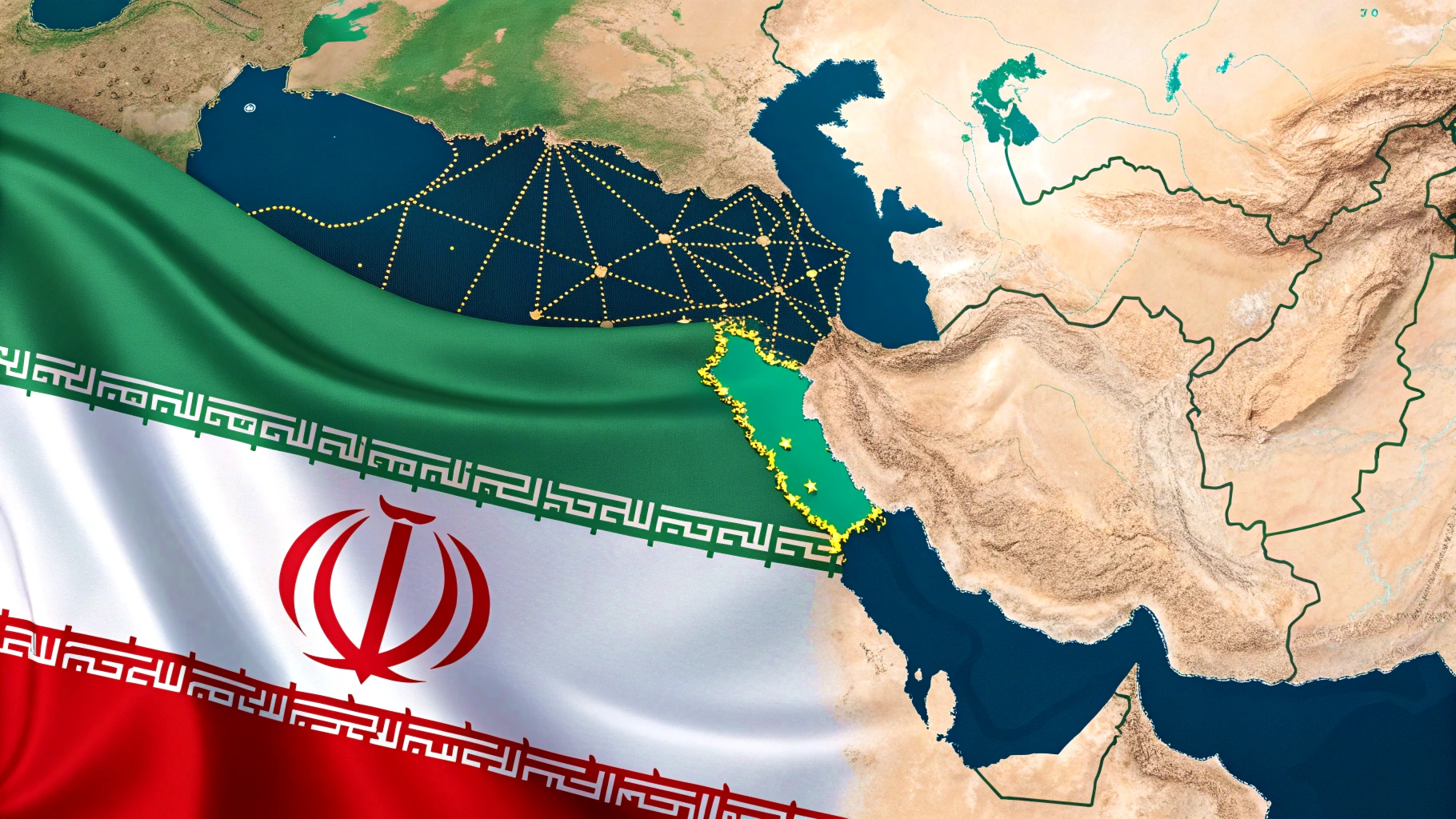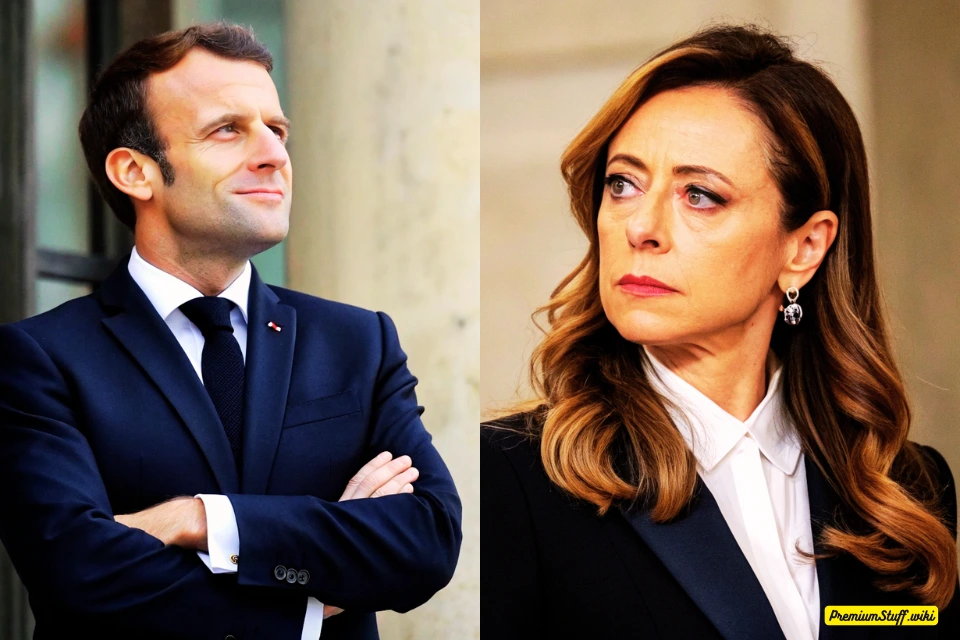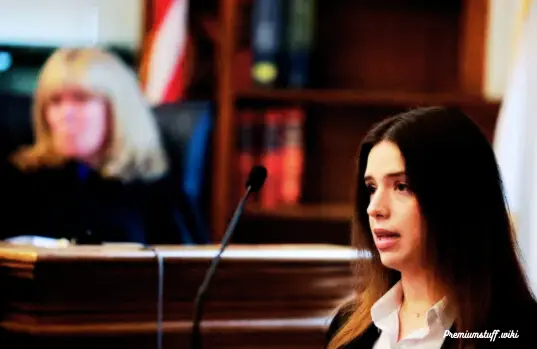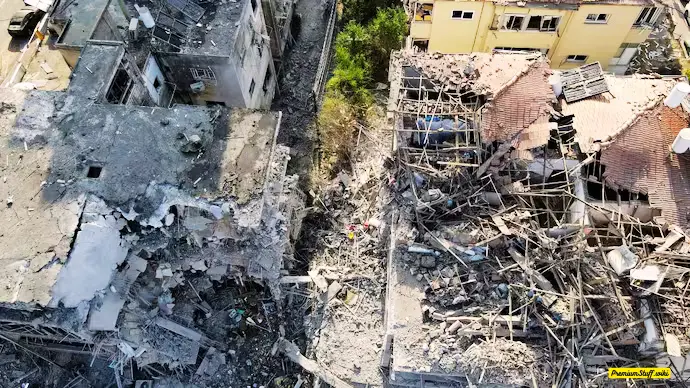Russian Minister Roman Starovoit Dies by Suicide Hours After Putin Firing Amid Corruption Probe
ODINTSOVO, Russia — Roman Starovoit’s body was still warm when police found him in his black Tesla near Moscow’s Malevich Park. The 53-year-old had a single gunshot wound to the head—and a Makarov pistol registered in his name lay beside him. Just hours earlier, President Vladimir Putin had fired Starovoit as Russia’s transport minister. The timing wasn’t coincidental.
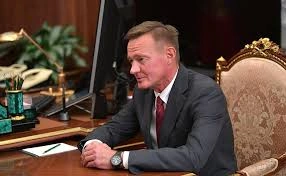
“When the Kremlin discards you, the fall isn’t just professional—it’s often fatal,” says Dr. Anya Petrova, a Russian political analyst now based in Warsaw. She’s tracked 43 suspicious deaths of Putin-linked elites since 2022. “Roman Starovoit knew too much and failed too publicly.”
The Final 48 Hours of Roman Starovoit
Roman Starovoit spent his last weekend battling twin transport disasters. On July 5–6, Ukrainian drone attacks paralyzed Russian aviation, canceling 485 flights. At Ust-Luga port, an explosion on the Eco Wizard chemical tanker triggered an ammonia leak that forced mass evacuations.
“He was on emergency calls all night,” a ministry staffer told Reuters anonymously. “When Putin’s dismissal decree came Monday, Roman went silent. He always answered his phone.”
By dusk, Roman Starovoit was dead in Odintsovo—an elite suburb where Kremlin insiders live behind guarded gates. Russia’s Investigative Committee quickly called it suicide. No suicide note was found.
Why Putin Fired Roman Starovoit
The public trigger was clear: transport chaos during wartime. But two senior officials revealed the real reason under condition of anonymity.
“Roman Starovoit was doomed the moment his successor in Kursk started talking,” one said, referencing ex-Governor Alexei Smirnov. Arrested in April 2025 for embezzling ₽1.2 billion ($14 million) in defense funds, Smirnov reportedly implicated Starovoit in sworn testimony.
The money—meant for fortifications against Ukraine—vanished during Starovoit’s 2019–2024 governorship. When Ukrainian troops broke through Kursk’s borders in August 2024, they met crumbling trenches and unmanned checkpoints. It was Russia’s largest border breach since World War II.
“Putin despises public humiliation,” says former Kremlin advisor Gleb Kuznetsov. “Starovoit’s corruption enabled that invasion. That’s unforgivable.”
Kursk’s Ghosts: The Scandal That Killed Roman Starovoit
The Kursk scandal haunted Roman Starovoit long after he left for Moscow. Audit documents show only 17% of planned fortifications were built, despite full funding. Contractors testified to investigators that kickbacks flowed to “Region-7”—a code allegedly linked to Starovoit’s inner circle.
“He thought becoming minister would protect him,” says opposition journalist Yelena Sokolova, who investigated the scheme. “But when Smirnov was arrested, Roman Starovoit started burning documents. He knew he’d be next.”
Hours before his death, security forces had begun sealing Starovoit’s ministry office—a move Kommersant newspaper called “the prelude to arrest.”
Transport Crisis: Starovoit’s Impossible Burden
Roman Starovoit inherited a sector in freefall when appointed transport minister in June 2024:
- Airlines scavenged junkyards for Boeing/Airbus parts due to sanctions.
- Russian Railways faced $3.2 billion debt as interest rates hit 16%.
- Ports like Ust-Luga became daily drone targets.
“He wasn’t incompetent—just overwhelmed,” says transport economist Mikhail Voronin. “No one could’ve shielded Russia’s infrastructure from this war.”
Yet Putin’s response was ruthless. Within hours of Starovoit’s death, Andrei Nikitin—a deputy minister long groomed for the role—was named successor.
The Deadly Pattern: Elite Suicides Under Putin
Roman Starovoit’s death fits a lethal trend:
- July 4, 2025: Transneft VP Andrei Badalov fell from a hospital window.
- July 7, 2025: Deputy Transport Minister Andrei Korneichuk, 42, died of “cardiac arrest” mid-meeting.
- 2022–2025: 40+ Russian elites have died suddenly—from “suicides” to tea poisonings.
“In Putin’s Russia, resignation is just the first step toward the grave,” says security expert Pavel Luzhin. “The message is clear: Disgrace ends in a coffin or a courtroom. Most choose the coffin.”
Dr. Petrova notes chilling logistics: “Security services often give the condemned a pistol. It’s… tidier than Novichok.”
Unresolved: The Mysteries Around Starovoit’s Death
Despite the official suicide label, inconsistencies linger:
- Timeline: Forbes Russia claims Roman Starovoit died before his firing—contradicting Kremlin reports.
- The Tesla: Why die in a Western luxury car amid Putin’s anti-West purge?
- Family Pressure: Colleagues say FSB agents visited Starovoit’s home July 6.
Most telling? No autopsy results have been released. “In Russia,” Sokolova grimly notes, “closed caskets hide more than grief.”
The Human Cost: What Starovoit’s Death Reveals
Beyond the political theater lies a broken family. Roman Starovoit’s widow, Irina, refused to speak to state media—but neighbors describe her “collapsing in screams” when informed. His daughter Darya, a medical student, now faces life as the child of a “disgraced traitor.”
“This is Putin’s dictatorship in action,” says Petrova. “Fail, and you’re erased. Your family bears the shame. Your death becomes a cautionary tale whispered in ministry hallways.”
For Kremlin elites, Roman Starovoit’s final lesson was visceral: In wartime Russia, a dismissal letter might as well be a death warrant.

